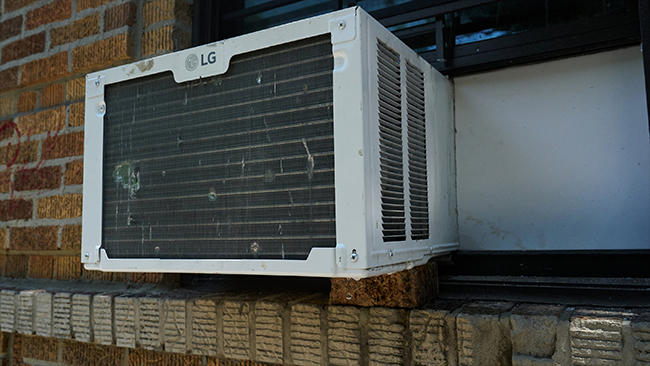
Canada is burning, and this week so much smoke drifted down across the border that most of the eastern half of the country was affected. Levels of particulate matter rose so high in NYC that for a brief period on Tuesday, our air quality was worse than in Delhi, India- a city notorious for its air pollution.
That such intense wildfires- at least 239 are considered uncontrollable at present- are occurring so early in the season is a frightening reminder of how much work remains to be done to address the climate crisis. With temperatures going up all over the world as rain and snow accumulation keeps going down, we can expect more events like this in the near future.
The wildfire smoke that turned Manhattan skies blood orange on Wednesday topped out at an Air Quality Index (AQI) of 352, the worst ever recorded in the city. The danger level was color-coded maroon, or “hazardous,” the most severe rating.
For people with preexisting conditions such as asthma, allergies, or COPD, the additional stress from smoke can worsen their condition enough to send them to the emergency room. Even for healthy people, it’s considered unhealthy to exercise or do strenuous outdoor work while the levels of PM2.5 (particulate matter one-twentieth the width of a human hair) are this high. These particles are too small for the tiny hairs, called cilia, in the upper portion of the lungs to block, so they can settle deep within the lungs and cause respiratory symptoms, and breathing hard when levels are high increases the concentrations of pollutants in the body.
So what can you do? If you don’t have a HEPA filter in your home, see if you can set your air conditioner to recirculate air, rather than drawing it in from the outside. If you have to go out, wear an N95 or KN95 mask, preferably one with double straps that molds to your face more securely. And understand that some short-term exposure probably won’t do any long-term damage; the health effects of wildfire exposure haven’t been well studied as yet, but it would probably take multiple years of seasonal exposure to trigger chronic health issues.
You can read more bout this on the NY Times website here.

